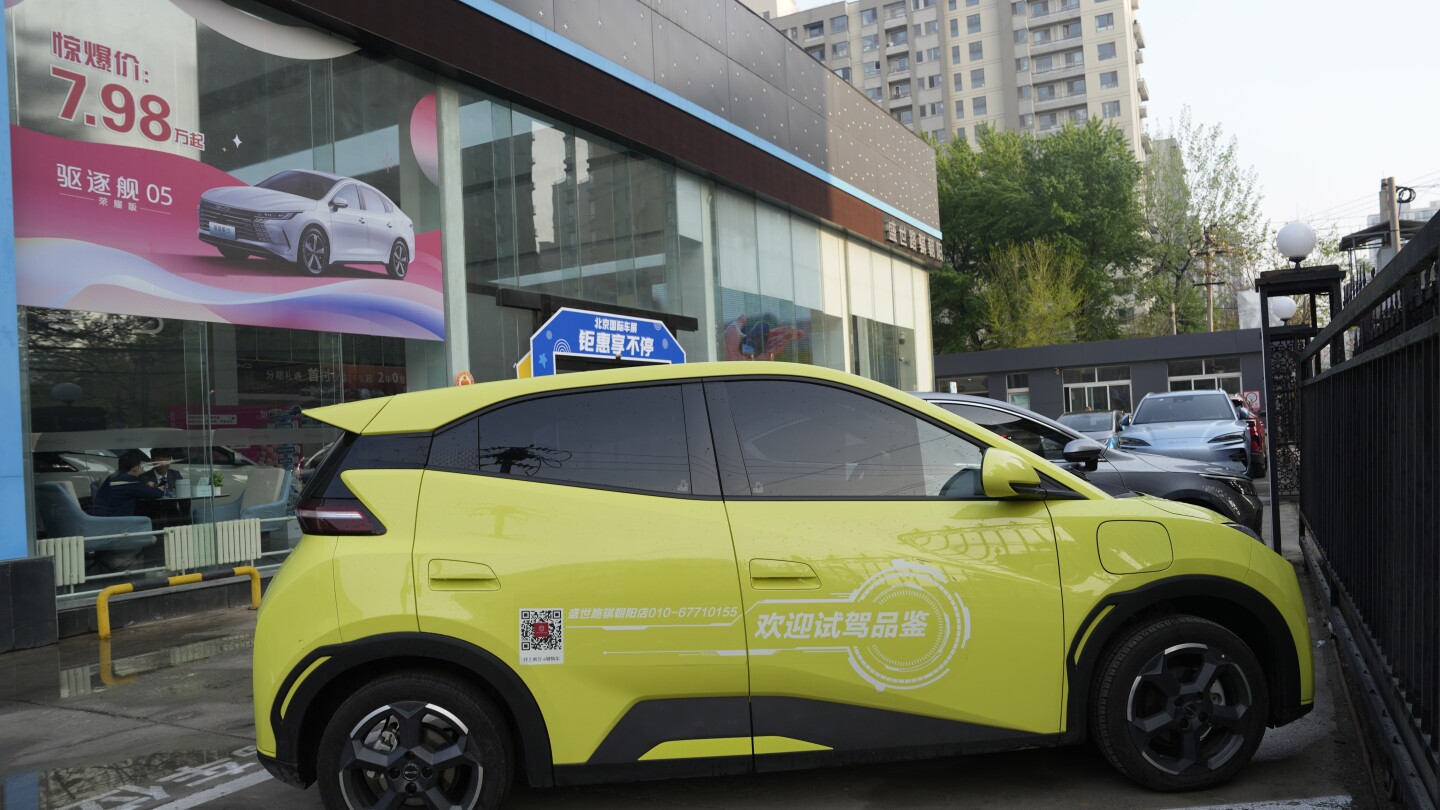A tiny, low-priced electric car called the Seagull has American automakers and politicians trembling.
The car, launched last year by Chinese automaker BYD, sells for around $12,000 in China, but drives well and is put together with craftsmanship that rivals U.S.-made electric vehicles that cost three times as much. A shorter-range version costs under $10,000.
Tariffs on imported Chinese vehicles probably will keep the Seagull away from America’s shores for now, and it likely would sell for more than 12 grand if imported.
But the rapid emergence of low-priced EVs from China could shake up the global auto industry in ways not seen since Japanese makers exploded on the scene during the oil crises of the 1970s. BYD, which stands for “Build Your Dreams,” could be a nightmare for the U.S. auto industry.
“Any car company that’s not paying attention to them as a competitor is going to be lost when they hit their market,” said Sam Fiorani, a vice president at AutoForecast Solutions near Philadelphia. “BYD’s entry into the U.S. market isn’t an if. It’s a when.”



What you refer to as “heavily” (~15B across four years) is what China spent per year every year from 2009 through 2022, for a total of 173 Billion dollars. Their latest package, announced last September, will have them spending 73$ Billion across the next four years. Their Government has literally been subsidizing EV production at 3-4 times the rate of the United States for over a decade! Yeah, that’s a totally level playing field. No shenanigans there, no Sir.
As the article notes the Seagull, rebadged as a Dolphin Mini, sells for $21,000 in Latin America so you aren’t going to get it for $24,000 in the United States and most especially not if it’s built here where they can’t employ people for 5 USD an hour.
You don’t have to like it, or me, but it’s completely irrefutable that the 12,000 price is only possible due enormous government subsidies and cheap Chinese labor. Allowing those vehicles into the United States is the end of all domestic auto manufacturing, not just the Big 3, and all of the workers who are employed there. We already watched this play out with Steel, Textiles, and other manufacturing based industries.